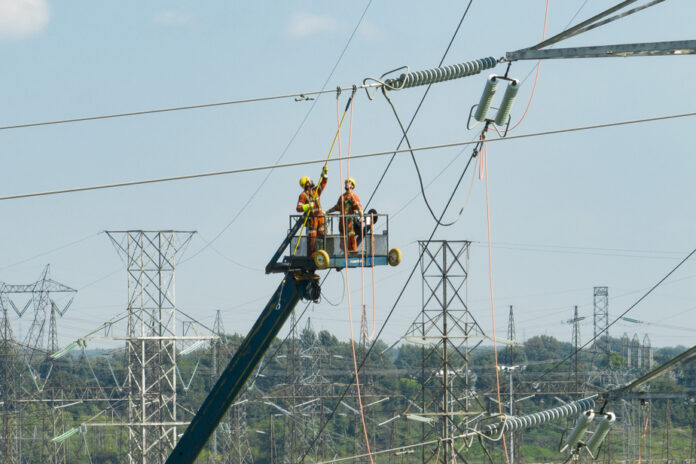The most recent issue of the Gazette officielle du Québec reveals that the Quebec government grants subsidies totaling 155.9 million to Hydro-Québec, its main cash cow which pays it billions in revenue each year. Explanations.
This exchange of money in the opposite direction to normal concerns autonomous networks, which produce electricity from fossil energy and which are not connected to the Hydro-Québec network. “The subsidies announced aim to reduce the use of fossil fuels and reduce greenhouse gas emissions in these autonomous networks,” explains Francis Labbé, spokesperson for Hydro-Québec.
Hydro-Québec will receive 25.1 million from the government to connect the autonomous network of Clova, a village of a few dozen inhabitants in Haute-Mauricie, to the provincial electricity network.
Quebec also pays Hydro-Québec a sum of 130.8 million to carry out five energy conversion projects in autonomous networks, including that of the Îles-de-la-Madeleine which has been on hold for years.
After abandoning the project to connect the Magdalen Islands to its network by means of an underwater cable, which would have required investments of more than $1 billion, Hydro-Québec is studying other options. “We are working on a decarbonization project for the Îles-de-la-Madeleine which integrates wind production,” said the spokesperson.
In addition to Clova and the Magdalen Islands, four communities in Nunavik will benefit from government assistance: Kangiqsujuaq, Puvirnituq, Quaqtaq and Salluit. In Nunavik, projects are underway to increase the production of renewable energy and reduce the use of fossil fuels.
The decarbonization of autonomous networks requires significant investments which are justified on an environmental level, but not in business logic for a company like Hydro-Québec.
“Without the subsidies, these costs would have to be borne by all Hydro-Québec customers,” explains Francis Labbé. It is to reduce the price impact of these investments that we will seek the subsidies that are available for decarbonization. »
Hydro-Québec operates around twenty power stations that produce electricity from fuel oil or diesel in remote communities.
Electricity production in autonomous networks accounts for 1% of Hydro-Québec’s total production, but it generates a third of the state company’s greenhouse gas emissions. Hydro-Québec would like these networks to be powered 80% by renewable energy by 2030.















